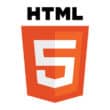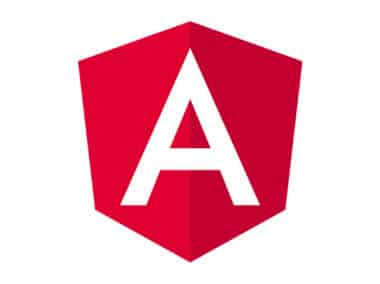When creating a web page, it is important to use HTML attributes to add additional information to HTML elements. HTML attributes are used to define the characteristics of an HTML element and provide additional information about it. In this document, we will cover some of the most commonly used attributes such as id, class, and data-*.
id Attribute
The id attribute is used to uniquely identify an HTML element. It can be used to apply CSS styles to a specific element or to link to a specific section of a web page using an anchor tag. The id attribute value should be unique within the web page. This attribute is especially useful when working with CSS because it allows you to target specific elements in your style sheet.
For example, if you have a web page with multiple paragraphs and you want to change the color of one specific paragraph, you can use the id attribute to target that specific paragraph and apply the desired style:
<p id="intro">This is the introduction paragraph.</p>
Class Attribute
The class attribute is used to define a group of HTML elements that share the same style. It is useful in situations where you want to apply the same style to multiple elements. Multiple classes can be applied to a single element by separating their names with a space.
For example, let’s say you have a series of paragraphs that should all have the same font and size. Instead of applying the same style to each paragraph individually, you can use the class attribute to group them together:
<p class="intro">This is an introduction paragraph.</p>
<p class="intro">This is another introduction paragraph.</p>
By applying a class to each paragraph, you can easily change the style of all the paragraphs at once by updating the CSS style sheet.
Data-* Attribute
The data-* attribute is used to store custom data that is private to the web page or application. This attribute is especially useful when working with JavaScript because it allows you to store data that is not visible to the user but can be accessed and manipulated by JavaScript.
The * in data-* can be replaced with any name to define a custom attribute. For example, if you want to store the author and date of a paragraph, you could use the data-author and data-date attributes:
<p data-author="John" data-date="2021-08-01">This is a paragraph written by John.</p>
In conclusion, HTML attributes are an essential part of HTML elements that provide additional information about them. The id attribute is used to uniquely identify an HTML element, the class attribute is used to define a group of HTML elements that share the same style, and the data-* attribute is used to store custom data private to the web page or application. By using these attributes, you can create more organized and easily maintainable web pages.




